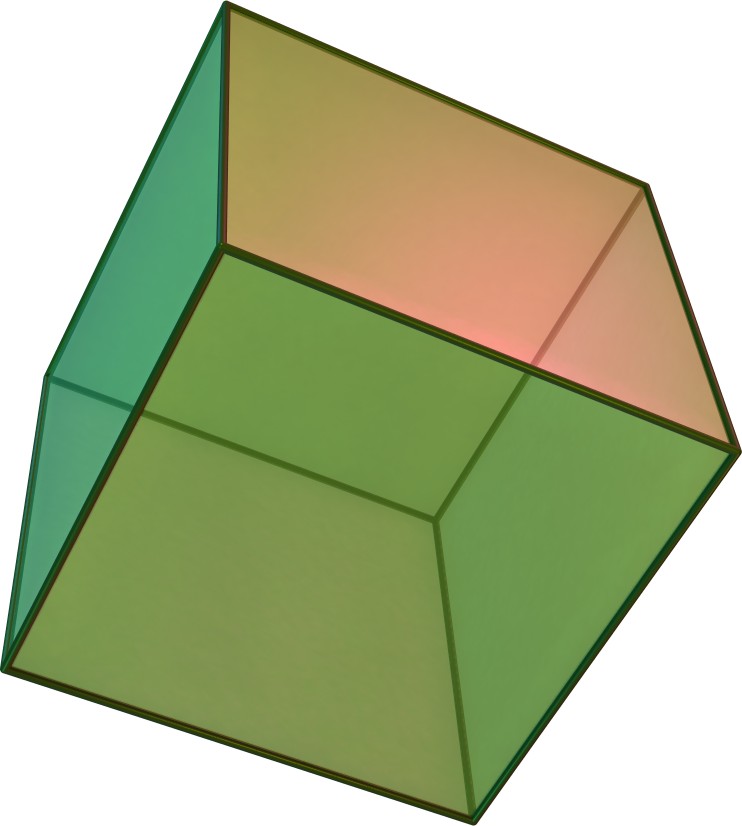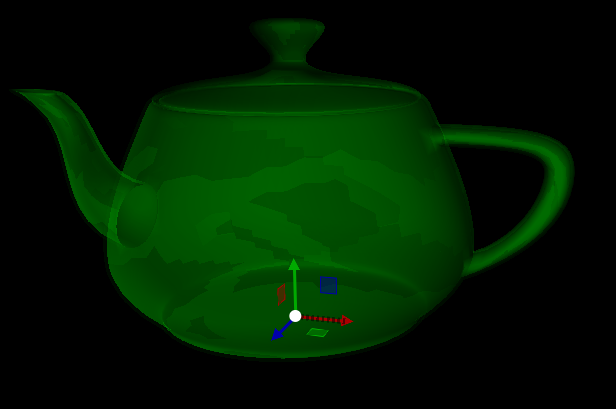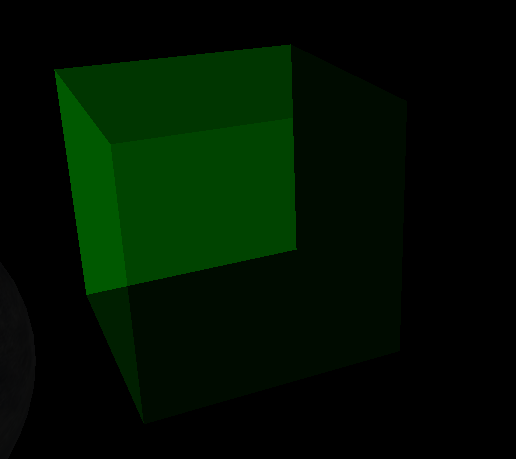I’ve tried many combos of materials and techniques and yet can’t achieve the simple effect of seeing backsides of a transparent object. Namely, I get this:
As you can see the backsides of the cubes are invisible. I’ve tried to to set cul to none, to set occlusion to false, to use unlit material, to use different blends, lie alpha, addalpha, but nothing seems to work. I expect backsides to be less transparent (darker) due to some sort of blending of front faces and backfaces of the cube - this can be seen on the image above when models overlap.
What I want to achieve is something like this
.Normally, I understand that edges would require a line shader, so I’m not talking about that. Just about the visibility of the backsides.
Thank you very much!









